Not so long ago, emergency buttons were just for hospitals—patients pressed them when they needed a nurse, they were alerted and responded immediately. Having these buttons made sense because patients couldn’t always yell loud enough for someone to hear, so the button did the talking.
But here we are. Now we see the same kind of thing sitting in our own houses later. They’ve gone from being something tied to hospital walls to little devices you can wear on your wrist or hang around your neck. Technology made them lighter, smarter, and, most importantly, usable outside hospitals. These days, it’s not unusual to meet a senior with an emergency call button clipped on while cooking, showering, or even out in the garden.
And honestly? That’s a good thing. Because emergencies don’t care where you are. They happen in kitchens and driveways just as much as hospital rooms. Here’s why the shift from hospitals to homes is such a big deal, and six reasons these buttons are worth having around.
1. 24/7 Emergency Access Beyond Hospital Walls

In hospitals, the best thing about call buttons was the guarantee. Push it at midnight, and someone shows up. Push it at lunch, same thing. That level of response is what made them valuable.
Now, that same 24/7 access has followed people home. Hit the button at 2 am, and you’re instantly talking to a caregiver or a trained staff member who can rescue you or send help.
For anyone living alone—especially in Canada—a reliable Canadian emergency call button gives you access to emergency services throughout. That kind of at-home protection offers a feeling that you are not alone, even when you’re sitting in a quiet house, which is huge.
2. Fall Detection for Added Security
Having fall detection capability with your pendant ensures that you can get help, even if you are not able to press the emergency call button, adding another layer of protection. Falls can happen at the least expected moments, like when getting out of bed or in the shower. Thankfully, these devices are water-resistant, so you can put them on all the time for around-the-clock protection.
Just like in hospitals, the danger is everywhere at home. That’s why the fall detection feature has been a game-changer for people with disabilities, the sick, or seniors. The pendant itself can sense a sudden drop. So, if you black out or you’re too hurt to press the button, the device does it for you. Monitoring staff get the alert and send help anyway.
3. Independence With Hospital-Level Safety
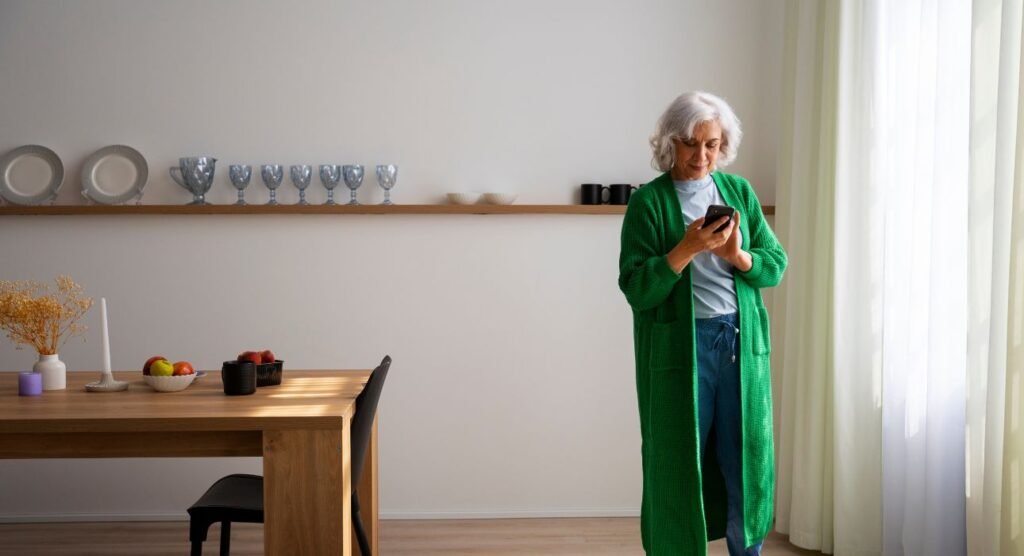
Here’s the part that you’ll love about these buttons: they let people live their own lives. In hospitals, the reason they were there was that patients couldn’t always get to a phone or shout for help. At home, that’s still the problem. If you’ve had surgery or your balance isn’t great, you don’t always make it to the phone when you need it most.
Wearing an emergency call button changes that. You’re not relying on a caregiver to constantly check on you. You don’t need a son or daughter to hover 24/7, especially with today’s busy schedules. Instead, it gives you your independence back, but you still have backup if something goes wrong.
4. Simple, User-Friendly Design
The old hospital call systems were typically big, plastic, wired boxes that stuck to the wall. Not exactly practical at home. You couldn’t take them anywhere, and they weren’t exactly easy to use if you were shaky.
The ones at home now? Night and day difference. They come in small pendants or lightweight wristbands. They have a simple one-button design with sensitive microphones and loud loudspeakers. When emergencies happen, no fuss, no scrolling, no setup nightmares, simply press and help is on the way.
The simpler it is, the more user-friendly it is and the higher the likelihood that your loved one actually wears it all the time. When it’s complicated, it ends up in a drawer. And that helps no one.
5. Reliable Communication

Emergency call buttons come with two-way VOIP, excellent microphone and speaker quality, and the battery lasts up to 80 hrs. So, when you’re talking to a trained agent, you don’t need a phone. Just press, talk, and get help.
And if you pick the mobile version with GPS, you’re covered even when you leave the house. Walking the dog, visiting a friend, grocery shopping—your location can be tracked so responders know where to go. With this, protection is not tied to your home anymore; it follows you everywhere.
Conclusion
What started out as a hospital-only tool made its way into regular homes because of the need. Technology has made it possible to take that same level of protection and shrink it into something wearable. Having an emergency call button is like bringing the hospital’s backup system into your daily routine.
If you’re the one wearing it, it means confidence and independence. If it’s for your loved one, it means you don’t lie awake worrying about mom being alone. And if you’re the caregiver, it means you can actually go on with your work without panicking.
Emergencies don’t come with warnings. A slip, a dizzy spell, or a sudden pain can happen when you least expect it. The only question is whether help is one button away. So, getting one of these devices from a reputable service provider makes a difference.

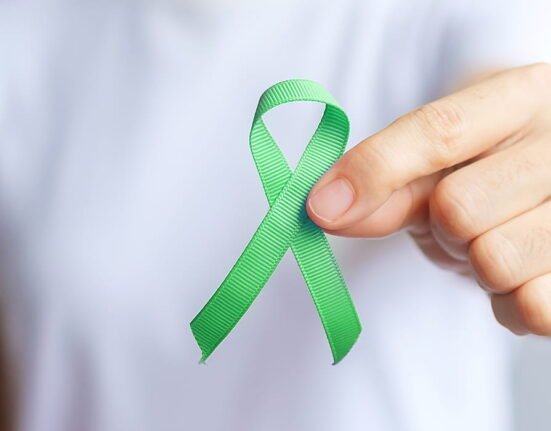

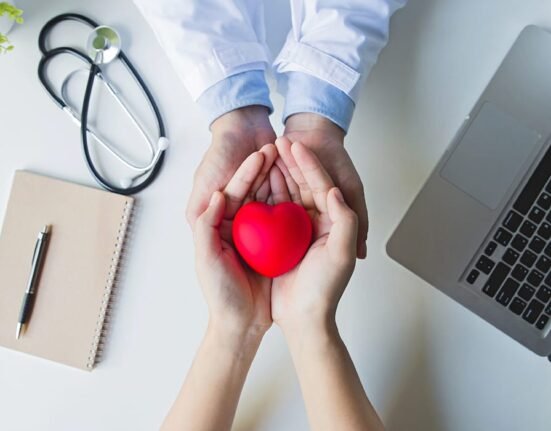



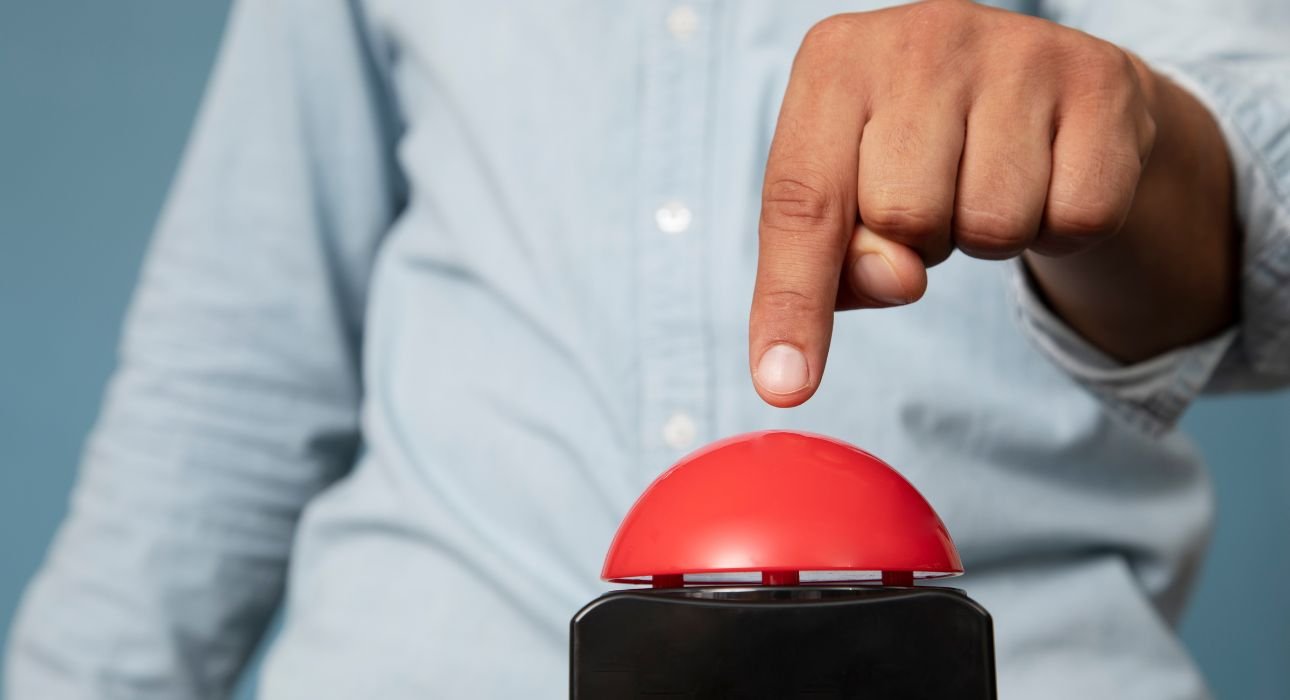
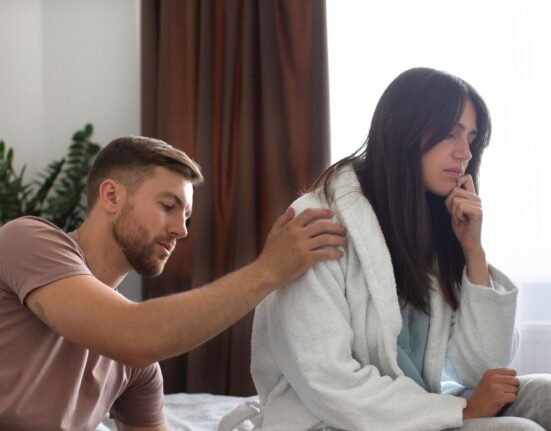




Leave feedback about this